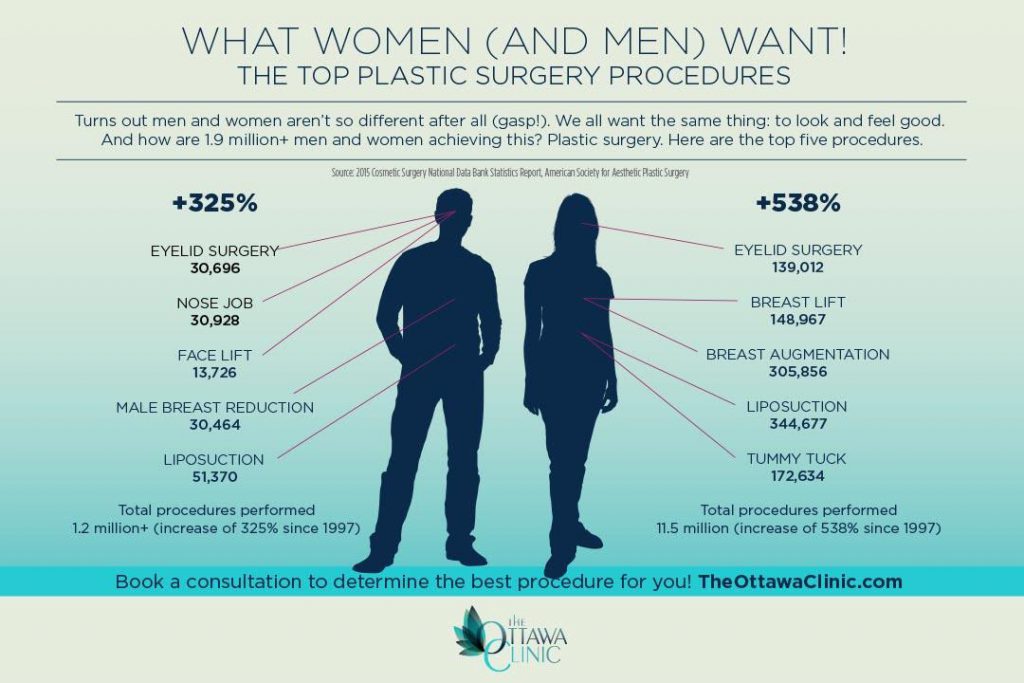Hormonal acne is defined by blocked pores and oily skin that normally appears on the chin and jawline. It occurs when hormonal adjustments activate inflammation and microbial overgrowth within hair roots.
Outbreaks might look like whiteheads, blackheads, papules or pustules and cysts or blemishes in a lot more extreme instances. It is extra usual in teenagers experiencing puberty but can affect adults of any age.
What Causes Hormonal Acne?
While acne can be caused by a variety of elements, including using hair and skin care products that aren't oil-free or made with ingredients that could clog pores, genetic predisposition, diet,2 and stress, the root cause is fluctuating hormonal agents. Hormone acne takes place when the body experiences hormone modifications and changes that cause an overflow of sebum, which triggers inflammation, increased development of microorganisms and adjustments in skin cell task.
Hormonal acne is typically discovered on the lower jawline, cheeks and neck but can show up anywhere on the body. It is identified by imperfections that are cystic, excruciating and loaded with pus or various other material. It is also more probable to happen in ladies than men, especially throughout adolescence, the menstrual cycle, pregnancy or menopause.
Age
While several children experience acne eventually during puberty, it can continue to pester adults well into the adult years. Referred to as hormonal acne, this form of outbreak is linked to changes in hormones and is typically most usual in ladies.
Hormonal acne takes place when oil glands create too much sebum, which obstructs pores and catches dead skin cells. This leads to the development of acnes, such as whiteheads, blackheads and papules, pustules, cysts or nodules, deep under the surface area.
This kind of blemish usually triggers pain, soreness and swelling. It may additionally be intermittent and appear around the very same time monthly, such as right before your duration begins. This is because degrees of female hormonal agents like progesterone and oestrogen change with each menstrual cycle.
Menstruation
Hormonal acne commonly appears in the lower part of your face, along the jawline and cheeks, as whiteheads, blackheads here or inflammatory acnes (pimples and cysts). It's more than likely to show up around the time when your menstruation changes.
Especially around ovulation, when estrogen and progesterone degrees are on the surge, hormone variations can trigger outbreaks. However it's also possible to get acne at any type of point throughout your 28-day menstrual cycle.
If you observe that your hormone acne flares up right prior to your period, attempt discovering when specifically this occurs and see if it connects to the phases of your 28-day menstruation. This will assist you pinpoint the source of your skin problems. For instance, you might want to service balancing your blood glucose and cutting out high-sugar foods, or think about a prescription drug like spironolactone that can regulate your hormonal agents.
Pregnancy
Growing a child is a time of dramatic hormone adjustments. For numerous females, this includes a flare-up of hormone acne. This sort of breakout commonly begins in the very first trimester, around week six. It's triggered by hormonal agent surges that promote sweat glands to make more oil, which can block pores and create more germs to accumulate.
Breakouts might additionally occur as a result of pre-existing conditions like polycystic ovary disorder, which can additionally be an issue while pregnant and menopause. Also, some types of contraceptive pill (such as Ortho Tri-Cyclen and YAZ) can trigger hormonal acne in some ladies.
The good news is, many acne treatments are "no-go" for expectant women (including prominent acne-fighting active ingredients such as isotretinoin and spironolactone). But if you can't stay clear of those irritating bumps, your physician might prescribe oral erythromycin or cephalexin, which are risk-free while pregnant.
Menopause
As women approach menopause, the estrogen levels that triggered their hormonal agent acne to flare during puberty begin to maintain and decrease. At the same time, nonetheless, a spike in androgens (additionally called male hormonal agents) happens since these hormones can't be exchanged estrogen as properly as in the past.
The extra of androgens can activate oil production by the sebaceous glands, which clogs pores. When the clogged pores come to be swollen and aggravated, a pimple forms.
Hormonal acne is typically seen on the face, particularly around the chin and jawline, yet it can happen on the neck, back, shoulders, or breast. This type of acne tends to flare in an intermittent pattern, comparable to the menstrual cycle. Tension, which increases cortisol and tosses hormonal agents out of balance, also adds to the outbreaks.
